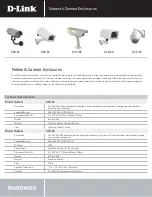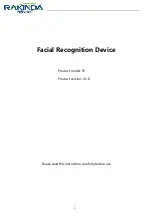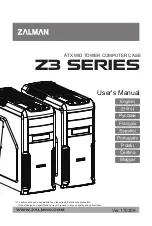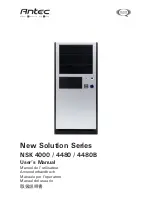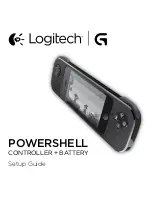
INSTALLATION MANUAL
1) FOREWORD
DCW is a device that can be used on sliding gates and provides a solu-
tion to the problem of connecting safety edges located on the moving
leaf with the door’s control unit. DCW comprises two transceiver units
that communicate with each other through infrared signals. Commu-
nication is coded using special safety techniques so that the whole de-
vice gets a category 2 fault detection rating according to standard EN
954-1 and can therefore be used in PSPE systems in conformity with
standard EN 12978.
DCW comprises 2 units:
-
DCW TX,
which is powered by a long-life battery, should be attached
to the moving leaf and can be connected with the safety edge, which
can either be optical (using the STR accessory = rubber profile max.
2.5m) or resistive with a constant 8k2 resistance.
-
DCW RX
should be attached to the fixed part and is wired to the gate’s
control unit.
DCW is designed to be connected as a tested device. In addition to
working as a connection system between a safety edge and the control
unit, the device can also be used as a presence detector and hence as
a category D device according to standard EN 12453. To use DCW as
a type D device, DCW TX and DCW RX merely have to communicate
across the opening (
See Fig. B Ref.1)
.
2) TECHNICAL SPECIFICATIONS
DCW TX
Power supply
3.6V Type C lithium battery. Capacity
7.5Ah
Battery life
5 years
(Life estimated based on installation
with 4m travel at speed of 9 m/min,
TCA 10 S, 30 operations/day with op-
tical safety edge up to 2.5 m and tem-
perature of +20°C).
Response time from when safety
edge is pressed
<35mS
DCW RX
Supply voltage
24 V~/=
Current demand
Standby 20mA / max. 36mA
Contact capacity
30V, 1A
DCW TX + DCW RX
Protection rating
IP45
Operating temperature
-20/+55°C
Operating range
7m with jumper JP1 open,
15m with jumper JP1 closed
Dimensions
130X45X43 (HxLxD)
Category according to EN 954-1
Cat 2
3) CORRECT ALIGNMENT Fig. A - B
4) HOLES FOR INSTALLATION Fig. C
5) RUNNING DCW RX (Fig. D) and DCW TX (Fig. E) CABLES:
- through hole in back
Ref. 1A
- through cable clamp
Ref. 1B
Fasten the safety edge to the edge of the leaf following the directions
given in the instruction manual for the safety edge being used.
6) WIRING Fig. F
Connecting DCW as a non-tested device causes the battery to run
down quicker than usual.
If no safety circuit fault test circuit is being used, qualified personnel
must be brought in to check that the device is in proper working order
at least once every 6 months.
7) INSPECTION Fig. G-H
Once inspection is complete, perform a few test cycles and check that:
a) When the safety edge is pressed, the automated system reacts as it
should.
b) When communication is broken between DCW RX and DCW TX by
placing an obstacle between them, the automated system reacts as
it should.
c) When the previous 2 operating conditions are not encountered,
the operation is completed correctly.
WARNING!
To connect the relay contacts to the fault test circuit, you must refer
to the wiring diagrams of the tested devices given in the instruction
manual for the control unit being used.
WARNING!
If other devices using infrared beams (photocells) are present, they
may interfere with communication. You cannot install more than one
pair of DCW devices to control the same area. In the event the DCW
communication signal is affected by interference from another DCW
infrared signal, switch the automated system to a safe state by opening
both contacts.
8) SAFETY EDGE THAT CAN BE CONNECTED TO DCW TX
OPTICAL SAFETY EDGE
Sensors
STR
Maximum safety edge length
2,5m
RESISTIVE SAFETY EDGE
Rated resistance
8k2
Upper trigger threshold
>22000 Ω
Maximum standby resistance
18000 Ω
Lower trigger threshold
< 2200 Ω
Minimum standby resistance
4700 Ω
ENGLISH
12 -
DCW
D811598 00100_02
Содержание DCW
Страница 2: ...2 DCW D811598 00100_02 ...

















